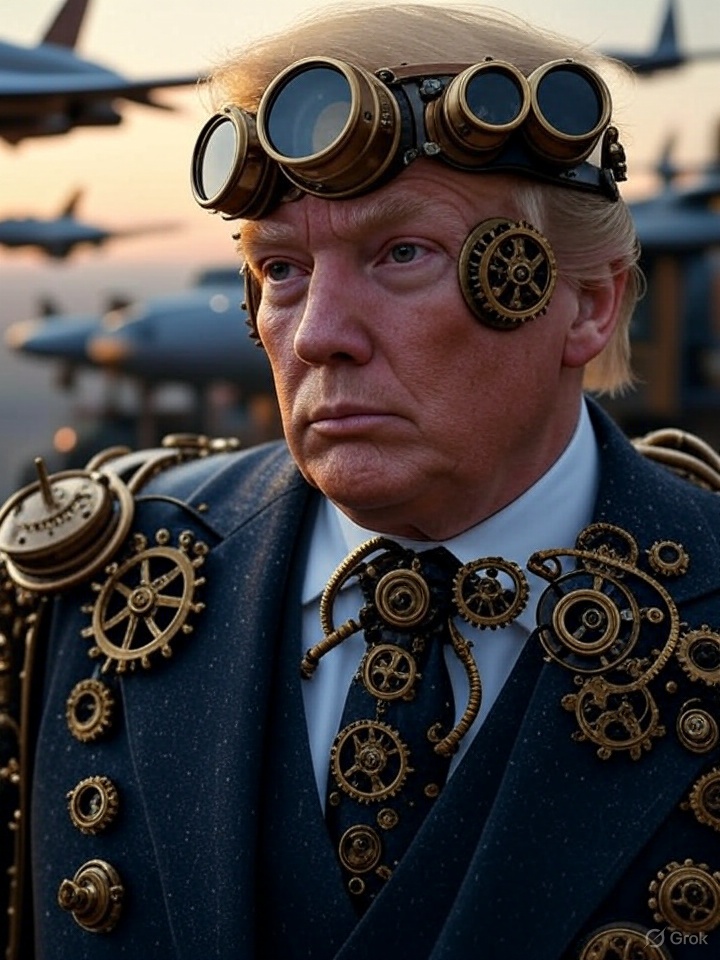In a bold move, U.S. President Donald Trump has signed an executive order overturning a 52-year ban on supersonic flights over the United States, originally imposed in 1973.
This decision marks a significant shift in aviation policy, driven by advancements in technology that address the noise concerns that led to the initial restriction.
Addressing the Noise Challenge
 The ban was enacted due to the disruptive sonic booms caused by supersonic aircraft, which posed disturbances to communities below flight paths.
The ban was enacted due to the disruptive sonic booms caused by supersonic aircraft, which posed disturbances to communities below flight paths.
However, modern innovations from NASA and private companies have developed quieter supersonic technologies, reducing the impact of shockwaves. This progress has paved the way for the policy reversal, balancing technological capability with public tolerance.
Faster Travel Between Major Cities
The new order promises to revolutionize travel times across the country. For instance, the journey between New York and Los Angeles— currently around six hours by commercial jet — could be cut to as little as three hours with supersonic flights.
This reduction could transform domestic travel, boosting efficiency for business and leisure travelers alike.
Trump’s Vision for Aviation
President Trump hailed the decision as a step to “revive U.S. aviation,” emphasizing its potential to rekindle interest in supersonic travel. While ticket prices are expected to remain high due to the advanced technology involved, Trump sees this as an opportunity to position the U.S. as a leader in cutting-edge aerospace innovation. The move aligns with his administration’s focus on economic growth and technological superiority.
 Also read:
Also read:
- Warner Bros. Discovery Shareholders Revolt Against David Zaslav’s $51.9 Million Payday Amid Business Struggles
- The Dawn of "Character Creation" for Babies: Nucleus Redefines Parenthood
- Humans as "Meat Robots": Anthropic Researchers Predict a Disturbing AI-Driven Future
Looking Ahead
As of 03:39 PM CEST on Saturday, June 07, 2025, the aviation industry is abuzz with anticipation. Companies are already exploring commercial supersonic aircraft, with prototypes in development that could hit the skies within the next decade.
While the high costs may limit accessibility, the policy shift signals a new era of speed and ambition in American air travel, though it will require careful monitoring to ensure environmental and community impacts are minimized.
This landmark decision could redefine how Americans experience domestic flights, blending nostalgia for the Concorde era with the promise of a quieter, faster future.






